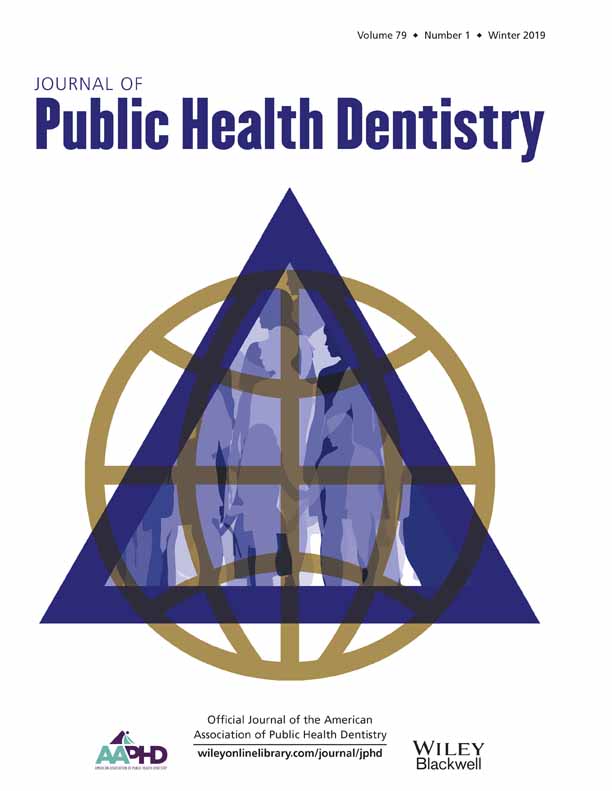Sexual orientation-related oral health disparities in the United States
Abstract
Objective
Recent reports have documented health disparities according to sexual orientation and used the minority stress model as a framework for understanding their origins. To date, however, sexual orientation-related disparities in the oral health domain have not been evaluated. Accordingly, this study sought to investigate potential health disparities in objectively-assessed and subjective reports of oral heath among lesbian, gay, and bisexual adults relative to the heterosexual community-dwelling US population.
Methods
We used three consecutive cycles (2009–2014) of National Health and Nutrition Examination Survey (NHANES) data for men and women aged 18–59 years. We examined clinical measures of dental caries, tooth loss, chronic periodontitis, and oral human papillomavirus (HPV) as well as subjective reports of oral health status and use of dental services.
Results
Clinical measures of oral disease did not differ according to sexual orientation; however, bisexual adults were more likely to rate their oral health unfavorably (41%) than heterosexual adults (27%). Gay men reported “bone loss around teeth” more frequently (35%) than heterosexual (11%) and bisexual (10%) men. Bisexual individuals were more likely to confront barriers to accessing dental care (30%) versus heterosexual adults (19%).
Conclusions
While clinical measures of oral health did not substantially differ between sexual orientation strata, subjective measures of oral health were worse among gay, lesbian, and bisexual adults versus heterosexual adults. Further study of the psychosocial construction of oral health among sexual minorities is warranted.




